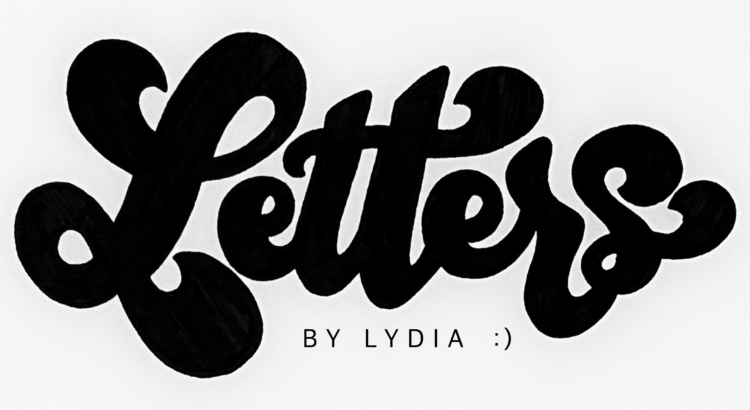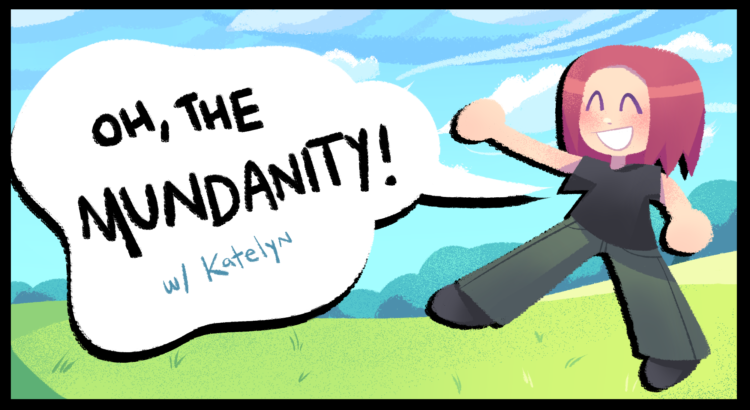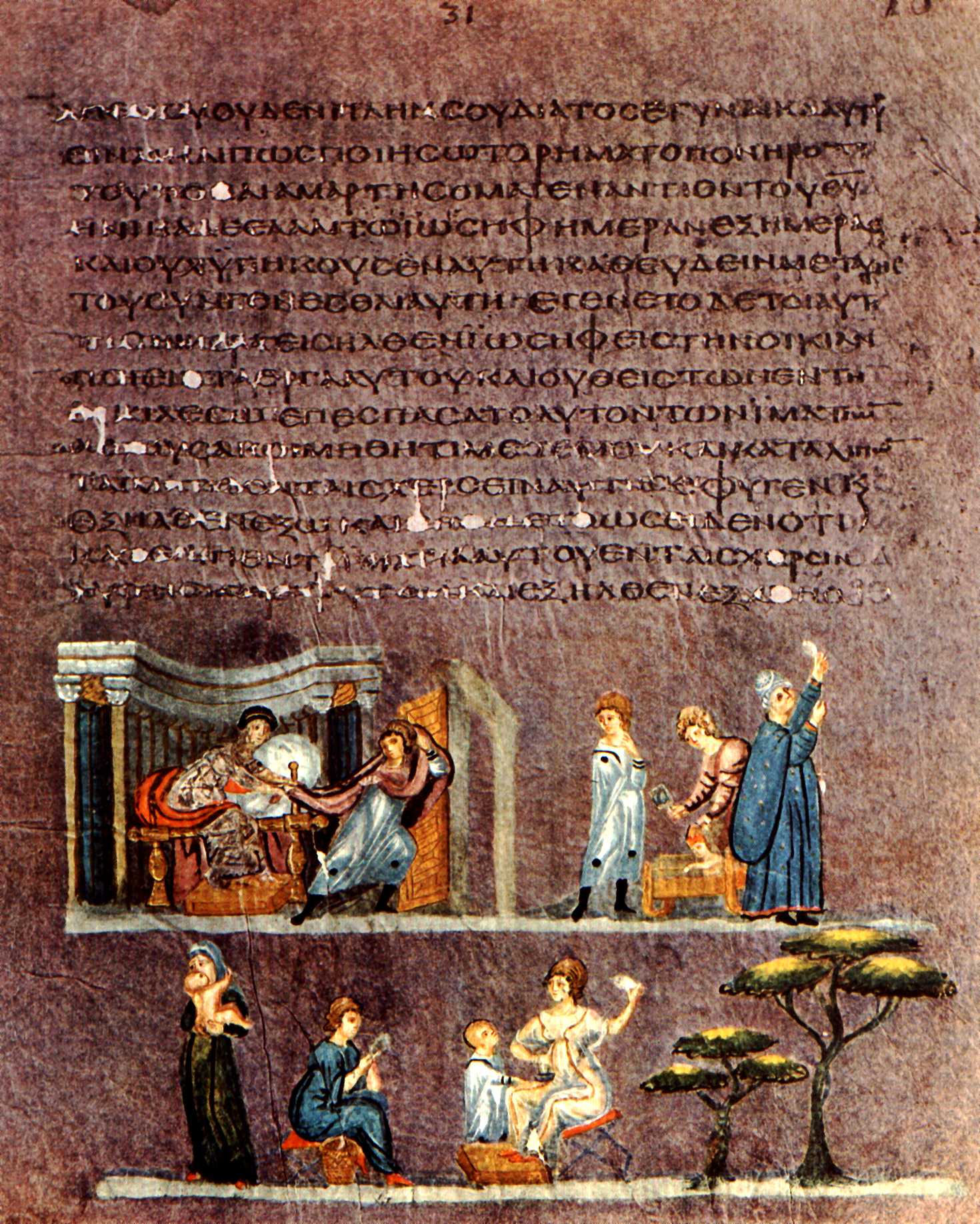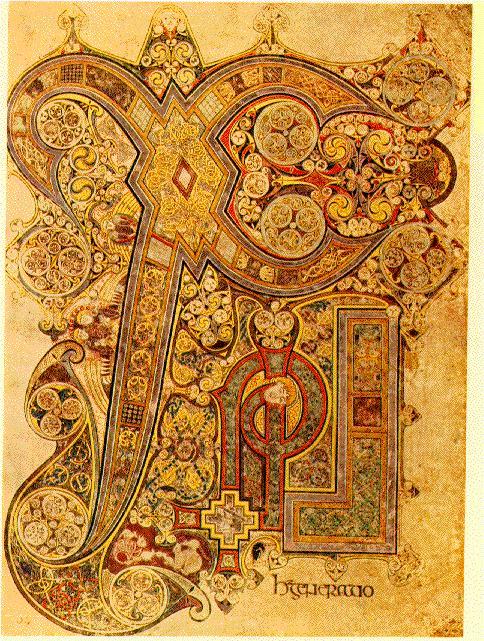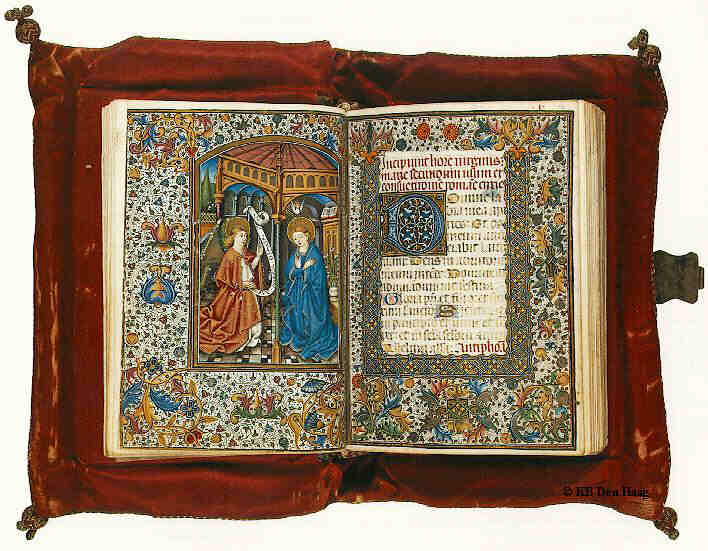Hi y’all! Hoping everyone had a good Halloween and enjoyed the lovely fall weather today 🙂
Instead of a pen review, this week I thought it would be fun to talk about my artistic process. So, as a way to welcome the new month, I’m going to show you how I made this piece.

I don’t have a super strict way of doing things, so my process usually involves a lot of experimentation. But, to start, you need a concept. Sometimes these come to me super quickly, and other times I need to exhaust my Pinterest or Instagram feeds to get a spark of inspiration. Either way, I usually come up with the word first, and then the visuals. Today I kept it pretty simple with “November”, and once I picked the word, I knew I wanted to involve autumn leaves and stick to a fall-themed color palette (warm, earthy tones).

I started by testing colors and playing around with how the leaves and letters interact. I liked the idea of using negative space, so I experimented with that for a while. As for the pens I used, I found that wider tips worked better for coloring in the large leaf areas, so I mainly stuck to Tombow Dual Brush Pens, Staedtler Marsgraphic Duos, and Pentel Fude Touch Pens (let me know if you’d like a review on any of these!).
Once I had a concept, general plan, and a satisfying set of markers, I began the actual finished piece.  First, I drew in the letters with pencil. Because this is just for fun and all freehand, it took me a few tries to get the spacing right. After that, I drew in outlines of a bunch of different types of leaves. Using references was really helpful here! As you can see, adding in the leaves kind of created a jumbled mess, but I was able to fix that a little bit through erasing.
First, I drew in the letters with pencil. Because this is just for fun and all freehand, it took me a few tries to get the spacing right. After that, I drew in outlines of a bunch of different types of leaves. Using references was really helpful here! As you can see, adding in the leaves kind of created a jumbled mess, but I was able to fix that a little bit through erasing. 
A bit about erasing: it’s important to erase the pencil lines because once you color over them with marker, they’re permanent. But, you don’t want to erase so much that you can’t see the lines at all. To do this, I like to use kneaded erasers (they have a texture kind of like silly putty) because you can erase by just pressing it on the paper instead of rubbing back and forth.  This way, you can lighten the graphite without getting those streaks or worrying about erasing too much.
This way, you can lighten the graphite without getting those streaks or worrying about erasing too much.
After all that, it’s finally time to color! This part took the longest, mostly because I kept getting confused about which leaf was what and how it all connected. I also tried hard to make sure the colors were dispersed evenly, and that there weren’t any big empty spaces. But, after an episode or two of Vampire Diaries in the background (guilty pleasure), my work was done! Finish up with some extra erasing, cleaning up some lines, and there you have it! Here’s the unedited finished product (with kind of bad lighting, apologies) which you can compare to the edited final at the top.

I hope you enjoyed a sneak peek at my process! If you’re also an artist, I’d love to hear about your process too!! See you next week 🙂

